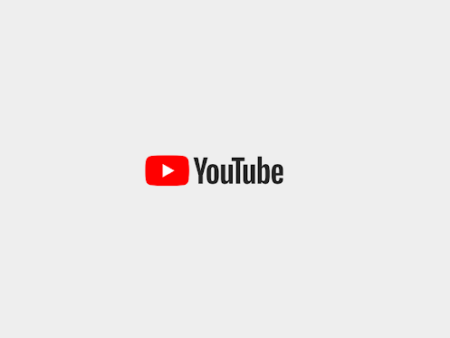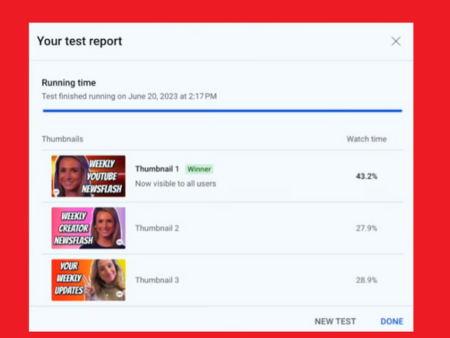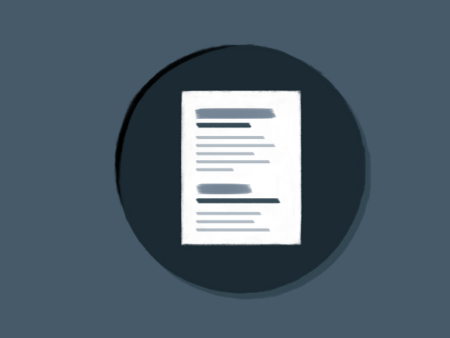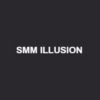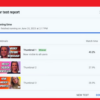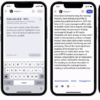A new element has been added to Twitter Blue this week, with the company implementing its long-promised initiative to reduce the amount of ads that Twitter Blue subscribers see in the app – though it doesn’t quite go as far as Twitter had initially suggested in its communications.
Back in November, when Twitter chief Elon Musk outlined his plan for the new Twitter Blue package, including a blue checkmark, Musk also promised that subscribers would eventually see half the ads in the app.
Many have since speculated that this could prove problematic, because the amount of money that Twitter generates from ads almost outstrips the potential revenue that it could bring in via Twitter Blue payments. So it may actually not be viable, in a business sense.
That may have changed Twitter’s approach, because after months of development, the new element has now been unveiled on the Twitter Blue overview page, with this description:
“Half ads: See approximately 50% fewer ads in the For You and Following timelines. As you scroll, you will see approximately twice as many organic or non-promoted Tweets placed in between promoted Tweets or ads. There may be times when there are more or fewer non-promoted Tweets between promoted Tweets. The half ads feature does not apply to promoted content elsewhere on Twitter, including but not limited to ads on profiles, ads in Tweet replies, promoted events in Explore, promoted trends, and promoted accounts to follow.”
So that’s technically not half the ads, as it all depends on how you use the app. Twitter’s reducing ad exposure in the main timelines, which is the key UI of the platform, but Blue subscribers will still see the same amount of ads in every other element. So it’s possible that they’ll still see similar amounts of promoted tweets and other ad initiatives, and that it won’t necessarily be as noticeable a reduction as the initial wording would suggest.
But it is something – and after just four months of development, it could be that this is just the beginning, and that Twitter will continue to revise and update the offering to ensure that Blue subscribers do only see half the ads that non-paying users do.
But as noted, it’s risky.
As Platformer reported back in December, Twitter currently generates around $12 per US user from ad exposure in the app. Under the 50% ad reduction plan, that would reduce Twitter Blue subscribers to $6 per user, which means that the revenue impact from paying users comes down from $8 clear to only $2 each. That significantly lessens the value of Twitter Blue as an offering, at a time when Twitter desperately needs more cash, so the actual benefit in this sense, for Twitter, is debatable, depending on Twitter Blue take-up.
Of course, that doesn’t factor in other regions, where Twitter brings in significantly less revenue per user, and in that respect, it could still be a viable pathway. But I suspect that this is why Twitter hasn’t implemented the full 50% ads reduction as yet, as it continues to assess Blue take-up versus ad revenue benefit.
And thus far, Twitter Blue take-up hasn’t been great.
According to analysis, Twitter Blue now has around 500,000 paying subscribers in total, a week after Twitter’s announcement that it would be removing legacy blue checkmarks from previously verified users in the app. That reportedly resulted in an additional 12k legacy verified accounts signing up to the program to keep their blue tick, out of the more than 400k previously verified profiles in the app.
500k total subscribers equates to 0.2% of Twitter’s total user base – so even with the new incentives of greater exposure, reduced ads, etc. Even with all of that, and the coming change that will see only tweets from Twitter Blue accounts appear in ‘For You’ feed recommendations, interest in Twitter’s subscription offering remains very low, and nowhere near the take-up that Musk and Co. are seeking.
To reiterate, Musk’s hoping to eventually generate 50% of Twitter’s revenue from subscriptions, in order to reduce the company’s reliance on ad intake. That would require around 24 million users to sign-up to the program, while Musk’s expanded plan is that Twitter Blue adoption will become so widespread, that it’ll also help to eliminate bots in the app, because the only profiles left without a blue tick, eventually, will be bot accounts. For that to happen, you’d assume that Twitter would need around 75% of users to sign on to the $8 per month program – around 190 million profiles.
That would be amazing if Twitter could do it, but that’s a long, long way off from the current interest in the offering.
Maybe, by continuing to incentivize Twitter Blue take-up, Twitter can boost those numbers over time, and as noted, in a week or so, when Twitter changes its process, and only Twitter Blue subscribed accounts appear in recommendations, that could see more take-up as users eye new opportunities.
But even if it increases Blue take up by 100%, that would still be only 0.4% of the platform’s user base.
I don’t see it becoming a significant element in this respect, especially when you also factor in that, in Musk’s own words, the vast majority of Twitter users don’t tweet.
Twitter is rolling out View Count, so you can see how many times a tweet has been seen! This is normal for video.
Shows how much more alive Twitter is than it may seem, as over 90% of Twitter users read, but don’t tweet, reply or like, as those are public actions.
— Elon Musk (@elonmusk) December 22, 2022
So why would they care about additional amplification in recommendations, if they don’t post anything to be amplified?
It seems like a flawed strategy, which will generate some additional revenue, but won’t reach the levels of take-up that Twitter 2.0 envisions.
Still, it’s come this far, and it seems like it’s going to keep pushing ahead. We’ll see how things change after the 15th.
